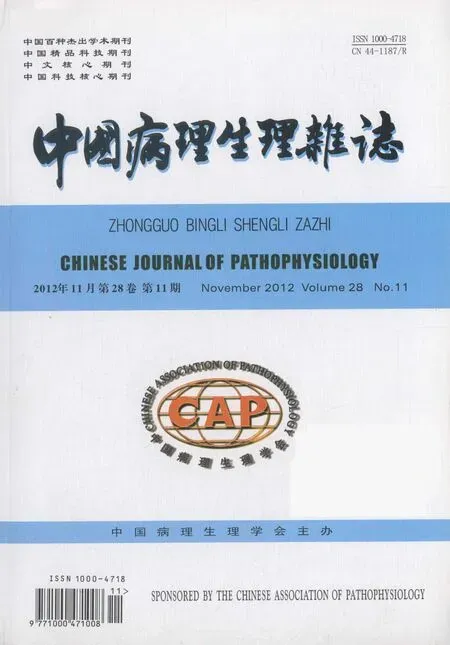From skeleton to cytoskeleton: osteocalcin transforms vascular fibroblasts to myofibroblasts via angiotensin II and Toll-like receptor 4
HUANG Yu
(Institute of Vascular Medicine and Li Ka Shing Institute of Health Sciences, Chinese University of Hong Kong, Hong Kong SAR, China)
△Corresponding author Tel: (419) 383-5466; E-mail: kevin.pan@utoledo.edu
From skeleton to cytoskeleton: osteocalcin transforms vascular fibroblasts to myofibroblasts via angiotensin II and Toll-like receptor 4
HUANG Yu
(Institute of Vascular Medicine and Li Ka Shing Institute of Health Sciences, Chinese University of Hong Kong, Hong Kong SAR, China)
In contrast to the traditional belief of an “inside-out” progression of vascular dysfunction, recent evidence suggests an “outside-in” hypothesis, proposing that inflammation can originate from the adventitia and develop towards the intima, resulting in vascular wall thickening. Vascular remodeling such as neointima formation is signified by the acquisition of migratory and proliferative ability of fibroblasts after their transformation to myofibroblasts. Toll-like receptor 4 expression has been reported in human and murine arterial lesions and intimal hyperplasia. Growing evidence indicates a cross-talk between bone pathology and cardiovascular diseases, for example, the expression of osteocalcin is augmented in human atherosclerotic lesions. However, how bone-associated proteins such as osteocalcin affect the vasculature is still unclear. The present study shows that pro-inflammatory markers Toll-like receptor 4 and cyclooxygenase-2 are co-expressed with the remodeling proteins α-smooth muscle actin and fibronectin in the human neointimal lesions. We also worked out the mechanistic pathway that osteocalcin triggers adventitial fibroblast to produce and release angiotensin II, which then activates the protein kinase Cδ, Toll-like receptor 4 and cyclooxygenase-2 to transform fibroblasts to myofibroblasts. Our findings consolidate the pathogenic linkage bridging the skeletal hormone to vascular remodeling.
- 中國病理生理雜志的其它文章
- 右旋美托咪啶鎮(zhèn)靜治療對嚴(yán)重創(chuàng)傷后炎癥因子的影響*
- p38 MAPK-HSP27信號通路在內(nèi)毒素致大鼠肺損傷中的作用*
- 粒細(xì)胞集落刺激因子聯(lián)合缺血后適應(yīng)治療急性心肌梗死的實(shí)驗(yàn)研究*
- IgH基因單克隆重排檢測及其在B細(xì)胞性非霍奇金淋巴瘤診斷中的應(yīng)用*
- 原發(fā)性腎病綜合征并發(fā)急性腎損傷患者血清及腎組織中NGAL的表達(dá)及意義
- TLR4基因 T399I多態(tài)性通過調(diào)節(jié)IL-1α和TNF-α表達(dá)影響結(jié)直腸癌的發(fā)生*

